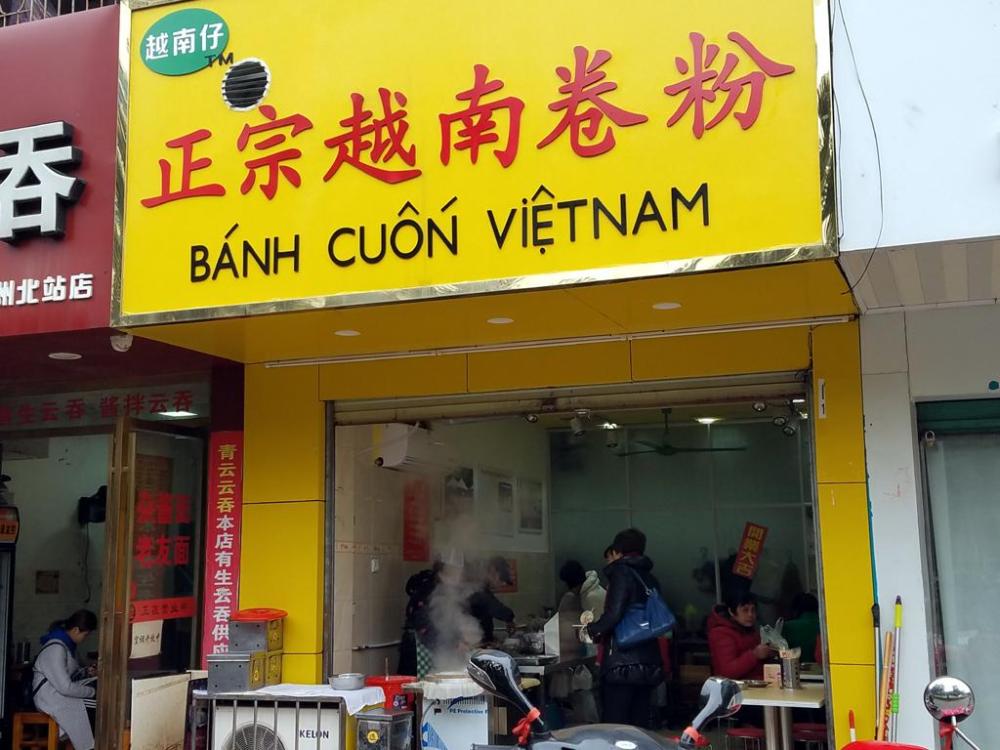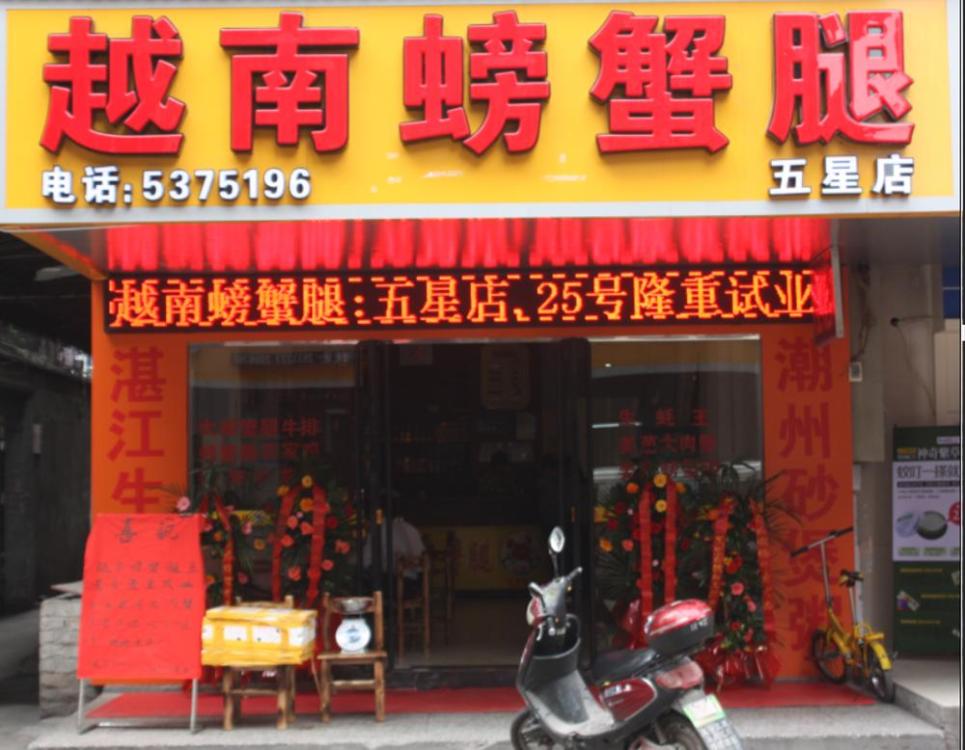33. 外国食品 (wài guó shí pǐn)
I’ve long thought that a nation’s cuisine is defined in part by what they don’t eat, as much as by what they do.
Despite sharing a border with Vietnam, very little Vietnamese cuisine (my favourite) makes its way across. Loads of fruit is imported, but not the cuisine. Generally, 外国食品 (wài guó shí pǐn), foreign food, is hard to find – even from our nearest neighbour.
However, I’m convinced quite a lot has made the journey in the other direction. A couple of pseudo-Vietnamese places opened a while back around town, they all only did one dish – the same one dish. That was bánh cuốn, the Vietnamese rice noodle rolls with minced pork, fish sauce, vegetables and herbs etc.
Some of my more adventurous acquaintances visited some of these places and were very disappointed.
Bánh Cuốn - Liuzhou
“It’s just Mandarin: 肠粉 (cháng fěn) / Cantonese: 腸粉 (cheung fun), with stuff on it” they complained in their language of choice. It turned out that all of these places were Chinese owned, but the proprietors thought to apply some added value by pretending to be Vietnamese. They have all gone.
In the short lived 越南螃蟹腿 (yuè nán páng xiè tuǐ) - Vietnam Crab Leg restaurant, the crab legs may have been Vietnamese; the management and chefs weren’t. And not one of these “Vietnamese” places ever offered me phở or bánh xèo!
越南螃蟹腿 (yuè nán páng xiè tuǐ) - Vietnam Crab Leg
However, it is reasonably certain that 腸粉 (cheung fun) was taken into Vietnam by the Chinese and slowly Vietnamized. It is, after all, virtually the same apart from the condiments and garnishes.
This type of Chinese owned and run ‘foreign’ food place is something I have experienced before. One Thai restaurant in town only ever sold Chinese food, but with half a lime on top of each dish! There wasn’t a Thai in the building. That said, we have had a couple of good Thai restaurants, but again they didn’t last long. The Malaysian restaurant didn’t last 6 months. Japanese came and went. Korean the same.
Despite their noted tendency to eat everything, in fact, many Chinese diners are very conservative and very nationalistic. Or they try once and move on.
The Italian restaurant in the Radisson Blu hotel with a real Italian chef didn’t last. Too different and wildly expensive. People just wanted noodles and thought risotto was an abomination. The one time I went, a mid-week lunch time, my companion and I were the only customers.
One French-ish place, not the first, clings on. Only the foreign fast food places seem to last – unfortunately. I might have to open a fish and chip shop.

Huangji Vietnam Noodle Rolls (Bánh Cuốn) - Liuzhou




